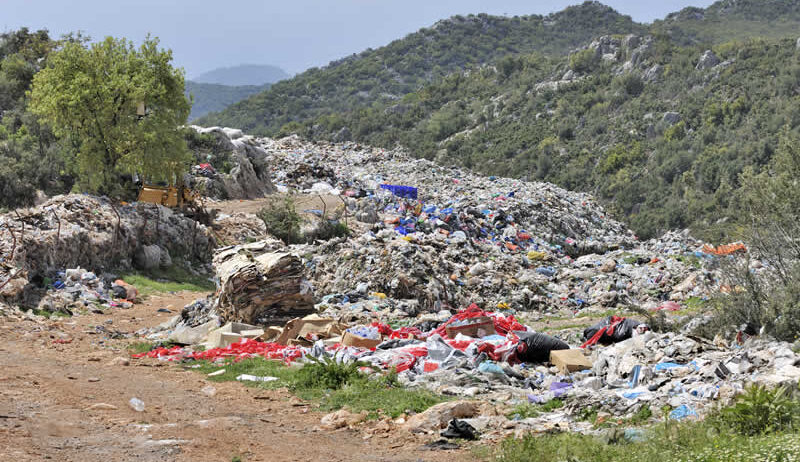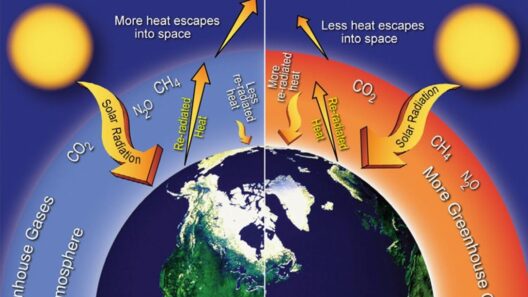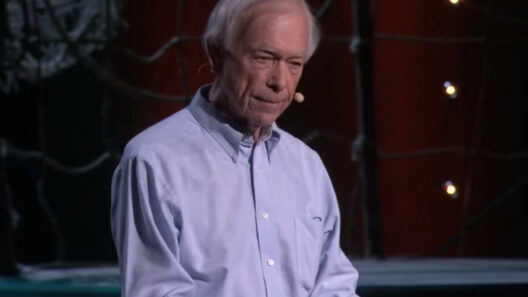In the contemporary discourse on climate change, the conversation often gravitates towards the more visible sources of greenhouse gas emissions, such as industrial activities and fossil fuel consumption. However, there exists a rather insidious antagonist in this narrative—waste, specifically the unseen consequences of landfills and waste disposal on our atmosphere. The humble trash can, often overlooked, merits a profound examination, not merely for its impact on local ecosystems but for its broader implications on global warming.
Landfills serve as a repository for the myriad of waste produced by our increasingly consumer-driven society. When waste enters a landfill, it undergoes an anaerobic decomposition process. This is not your run-of-the-mill composting that enriches the soil; rather, it is a smoldering, oxygen-deprived environment where organic material breaks down slowly, generating potent greenhouse gases like methane and carbon dioxide. Methane, in particular, is of paramount concern as it has a global warming potential that is approximately 25 times greater than carbon dioxide over a 100-year period. This disparity explains why landfills have emerged as a significant contributor to climate change.
The overwhelming majority of landfills are designed with minimal regard for the environment. While some implement measures to capture methane and utilize it for energy, many do not. Even in these ‘advanced’ facilities, inefficiencies often lead to methane escaping into the atmosphere. The staggering truth is that the United States alone is responsible for emitting over 16 million metric tons of methane from landfills each year. This figure underscores the urgent need to reexamine our waste management practices.
Moreover, the connection between waste and water pollution further accentuates the gravity of the landfill crisis. As rainwater percolates through heaps of waste, it leaches toxic substances into the surrounding soil and water bodies. This contaminant-laden runoff, often referred to as leachate, poses substantial risks to aquatic ecosystems and drinking water supplies. The contamination flows into rivers, lakes, and ultimately, larger bodies of water, where it engenders a cascade of ecological disturbances. Fish and other aquatic life suffer, while communities reliant on these water sources face dire public health implications.
Inevitably, the issue of waste management extends beyond mere landfill operations; it permeates the very fabric of our consumer culture. The linear economy—characterized by a “take-make-dispose” mentality—perpetuates an unsustainable cycle. As consumers, we are inundated with products designed for obsolescence, leading to an explosion of waste even before their initial utility is exhausted. The irony is stark: we create a profusion of goods, only to dispose of them without consideration for their long-term repercussions on the environment.
This cavalcade of waste culminates in the sobering statistic that 292.4 million tons of municipal solid waste are produced annually in the United States alone. This figure, while alarming, fails to encapsulate the scale of waste streaming from the global economy. Worldwide, the United Nations estimates that we generate approximately 2.01 billion tons of solid waste each year, a trend projected to escalate to 3.4 billion tons by 2050 if no decisive interventions are made. This unrelenting rise in waste generation warrants immediate action to transition towards a more sustainable and circular economic model.
Circular economies prioritize resource efficiency and longevity, advocating for designs that minimize waste through reuse, repair, and recycling. Rethinking materials can have far-reaching implications for our environmental footprint. For instance, closing the loop on materials not only mitigates the volume of waste entering landfills but also significantly curtails the emissions associated with manufacturing new products. The benefit of adopting circular principles extends beyond the climate; it fosters economic resilience, innovation, and job creation in the green sector.
Implementing such profound changes, however, necessitates a paradigm shift. Governments, industries, and consumers must be allies in this endeavor. Policies that incentivize waste reduction, such as pay-as-you-throw schemes and robust recycling programs, are critical in fostering accountability. Private enterprises can lead the way by designing sustainable products and engaging in industrial symbiosis, where waste from one process becomes a resource for another. Ultimately, consumers wield considerable power through their choices, promoting products that prioritize sustainability over short-lived convenience.
Public awareness plays an essential role in combating this environmental crisis. Education about our waste’s lifecycle, from production to disposal, could evoke a sense of responsibility and engagement among communities. Grassroots movements increasingly emphasize the importance of reducing consumption and promoting zero-waste lifestyles. These movements advocate for local initiatives—community gardens, repair cafes, and bulk buy stores—that not only reduce waste but also create social cohesion.
In conclusion, the assertion that waste fuels global warming transcends a mere platitude; it is a clarion call for urgent reform. Addressing this hidden menace requires an integrated approach encompassing policy innovation, corporate accountability, and societal engagement. The link between our daily trash and the fate of our planet is intricate and critical. A conscientious examination of our waste will illuminate pathways toward a more sustainable future, one where our trash ceases to be an environmental burden and instead transforms into a resource that nurtures our planet and its inhabitants alike.








